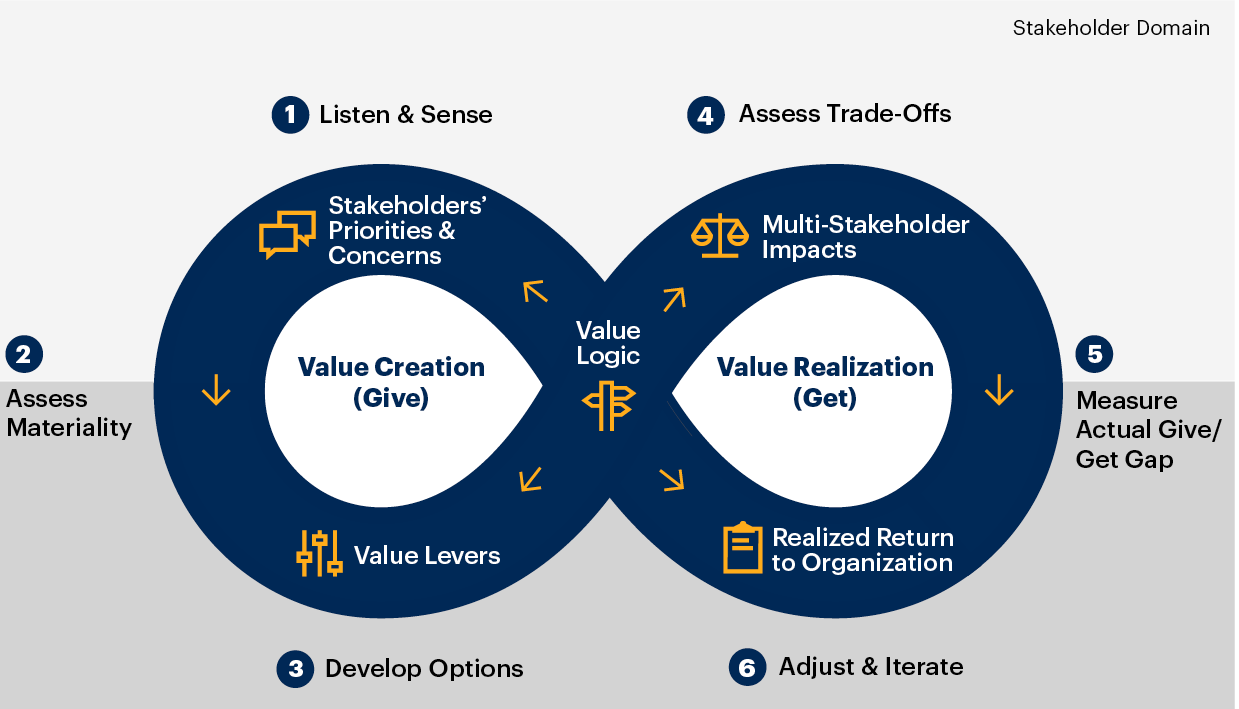
In the fast-paced world of dental care, there has been a real buzz around transformation and disruption in the last couple of years. In my 20 year dental career, I have not seen this level of innovation. Particularly in the area of business processes. The speed of change is picking up, sparking debate around the value of these solutions. However, when we break down these innovations, it’s clear – they’re driven by a desire to simplify complex business models or streamline frustrating processes.
Examining these new age solutions, it becomes apparent that someone, somewhere, recognized the pressing need to modernize an archaic and complex business model. They pinpointed processes that induced headaches and cried out for simplification- “There must be an easier way!”
What fueled these changes? Plain old frustration.
Imagine this scenario: An individual within the dental community grew weary of the existing norms and decided it was time for action and change. Whether confronting a convoluted business model or streamlining a tedious process, the objective was crystal clear – to enhance and improve. It’s a testament to the fact that frustration can serve as a powerful catalyst for positive change.
Remember the old saying, “If it ain’t broke, don’t fix it”? The proverb suggests that it may be safer to avoid trying to fix or correct something that is, for the most part, working. As I was reminded last week when I suggested we try out a new local coffee shop, my friend immediately responded with a puzzled face, “Why? What’s wrong with the coffee we always get?”. The point is that she was right. If there is zero “value creation” or frustration, it is certainly fair in this instance to avoid an unnecessary change.
When we unpack this further and look specifically at the dental industry, it’s no secret that it’s become more complex. With increased competition, compliance requirements, and rising costs, the need for transformation is clear. But change isn’t just about fixing what’s broken; it’s also about embracing a better, more cost-effective way to run our practices.
In the dynamic world of dentistry, it’s now time to modernize that old saying and shift to a mindset of “If it ain’t broke, enhance it!” This principle extends beyond the proverbial fix-it mentality, encouraging dental practitioners to seek constant improvement and innovation. The journey toward a more efficient and patient-focused dental practice mirrors the broader trend in business – a journey sparked by frustration, navigated through innovation, and destined for continuous enhancement.
We’ve seen this in various industries, where small improvements create big impacts. Consider the taxi, tourism and banking industries a decade or more ago. Now consider disruptors like Uber, Airbnb and Afterpay. In every scenerio, we would have survived just fine without these new entrants. But in all these cases, there was value created for the consumers that exceeded the value without such change. We didn’t NEED Air bnb, but I love that I can rent a house across the road from a quiet beach that has 3 bedrooms and a kitchen to make the food we like to eat! Or that I now can track in real-time where my ride is and exactly how long it will take me to arrive at my destination with Uber.
Take Spanx, for instance – a simple innovation transformed the way people look and feel. Sara Blakely was 27 years old selling fax machines door to door in 1998. She was required to wear tights, yet she hated the look and feel of the garment. Out of sheer frustration (pun intended) she simply cut the feet off her tights! They looked great and she felt great. By her 30th birthday, Spanx was in full production. The emotional value created by having clothes that fit and looked better created a multi-billion dollar industry that is still relevant and thriving today.
Much like the broader business world, dentistry is undergoing a metamorphosis driven by individuals who refuse to accept the status quo. Their willingness to challenge conventional methods and introduce innovative solutions speaks volumes about the potential for positive change within our practices. The key, it seems, lies in recognizing the areas that irk us the most and turning that frustration into a catalyst for transformative improvements. In many ways, this is our Spanx Moment! Just like CAD-CAM technology revolutionised the way we perform and deliver better outcomes and treatment for our patients, these new process management tools are disrupting and improving the way we operate as businesses.
Beyond our own hesitation to improve a process that is largely working, another subtle negative barrier to change exists. This is from organisations that benefit from our lack of action and desire to improve. They continue to protect and benefit from traditional archaic business models and processes. Our pain is their gain! It is a reality that in many cases, potential change to a traditional way of operating may result in one group benefiting at the cost of another. Fear of the potential negative business outcomes change may cause is resulting in barriers being placed to those individuals seeking and desiring disruption and better solutions.
Disruptions, like those in the taxi and hotel industries, don’t always lead to winners and losers. Often, traditional players find ways to adapt and thrive.
We all thought that when Uber came along, the taxi industry would die. And with Airbnb, hotels and motels would lose. However, what has been quite remarkable is that these disruptions which changed people’s expectations and behaviours have also benefited the traditional organisations in ways that they may choose not to share.
The direct result of transformation and digital disruption has translated into more people travelling and enjoying short-stay vacations. Hotels have implemented a new approach known as experiential value proposition (EVP). They have moved beyond simply selling the hotel room to now incorporating multiple elements to complete their package that Airbnb can’t offer. This has enhanced the value for the traveller who is often also willing to now pay more than before for their experience. Overall, the consumer and the industry have all benefited from Airbnb entering the market.
In the case of Uber, despite widespread protests against the sharing platform, studies have shown that not only did uber create more jobs than it destroyed, employment also grew not just in self-employed drivers but also in traditional taxi services. The reality was that the taxi industry was an antiquated oligopoly, with a few taxi companies monopolising the market and all selling identical products at the regulated price without competition. And we as consumers paid the price. Since Uber came along, people of all ages have embraced ride-sharing and using taxis and Ubers to get around a lot more. Resulting in more business for the entire industry and a better user experience for us consumers. Win-win! Change and transformation is healthy and can benefit all stakeholders.
Similarly, in dentistry, digital advancements like CAD/CAM and 3D printing have revolutionized the way we provide patient care, and have simultaneously created new revenue streams. Not just for us dentists, but also suppliers of these technologies. The entire industry has benefited- dentists, our patients and suppliers.
These new technologies and solutions have also meant we needed to up-skill and expand our knowledge base. We had to change and adapt to grow. This mini disruption we created for ourselves, has created new revenue streams in the practice and increased satisfaction for us in our careers. Change management has led to positive outcomes for everyone, especially us dentists. If we apply this now to new business solutions in the market, upskilling our teams to implement these technologies can having lasting and profound benefits to the way we operate. Many of these solutions are opportunities for us to save valuable time, money and decrease risk in our business from rising costs and staff changes. But we need to be willing to invite that change into our practice and put up with any pain that comes from implementing new technology.
Now more than ever before, we must look at how we can operate and run a more efficient dental practice. Despite all the new dental solutions, we are busier than ever, time poor and relying more on our teams. The overall cost of doing business continues to climb as does our compliance obligations. We must acknowledge that some dental practices are thriving and excelling yet others are struggling. These practices are operating in the same market with the same external forces at play, yet why is it that one practice’s performance is far superior to another? It usually has little to do with the clinical capabilities of each dentist. It has everything to do with the way each practice operates.
So how can we run dental practices more efficiently? The answer lies in digital business transformation. Just as digital dentistry transformed clinical practice, digital business solutions can unleash the full potential of your dental practice.
Ask yourself and your team: What frustrations do you face? How can you change two things to ease them? Explore available solutions, adapt processes, and implement change. The outcome is a win-win for everyone – traditional operators and innovators alike. Solutions such as holistic PMS and dental supply platforms for complete supply ordering management will free up time for the team to focus on the practice and the whole patient experience.
Just like hotels adopted the EVP (experience value proposition), we can adopt a Patient Value Proposition (PVP) approach- enhancing your practice’s efficiency and giving you time to focus on patient care. Remember, if it ain’t broke, still enhance it, and together, we can share in a bigger and more rewarding dental practice experience!

Source: Gartner

